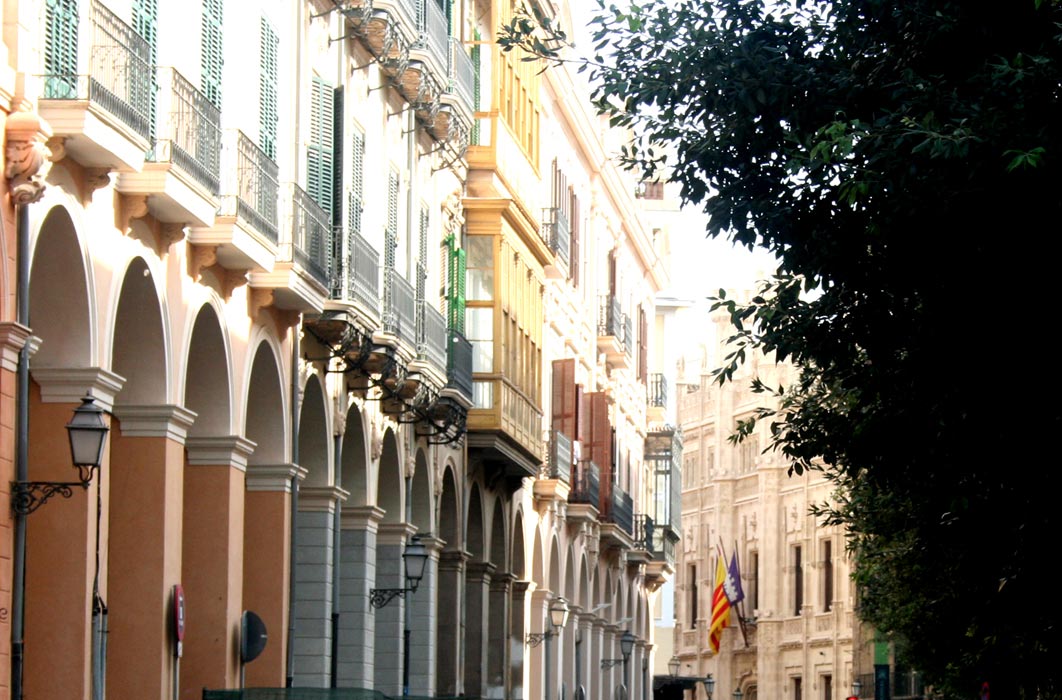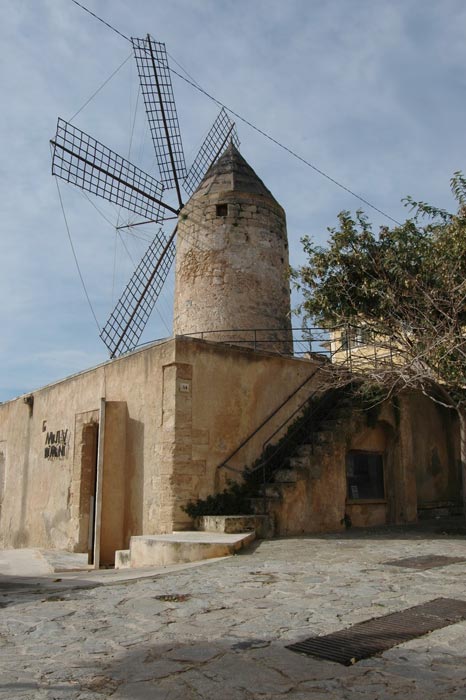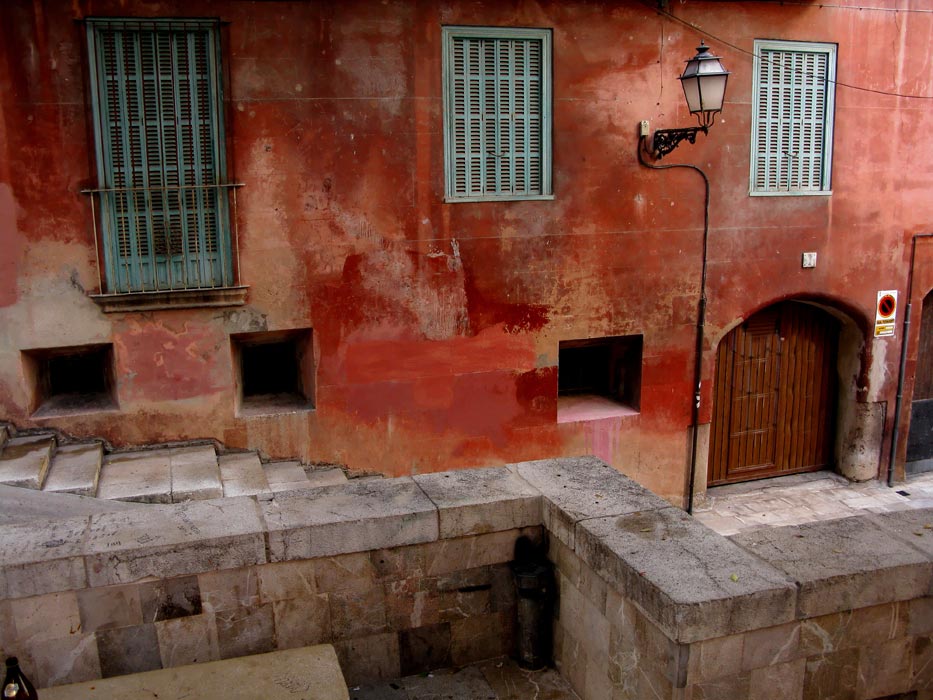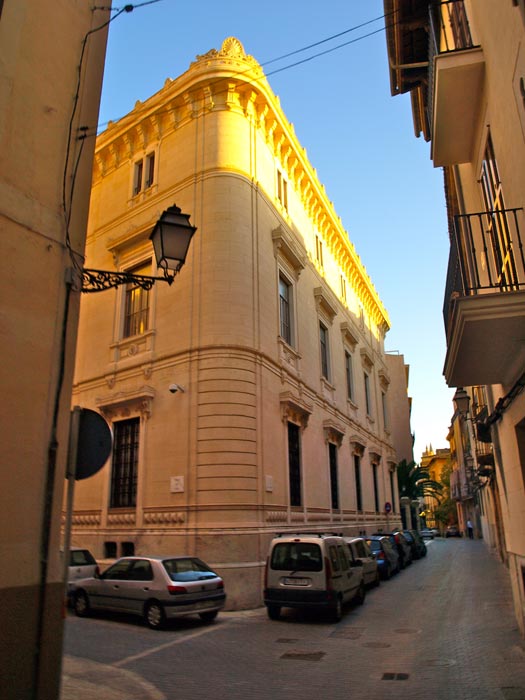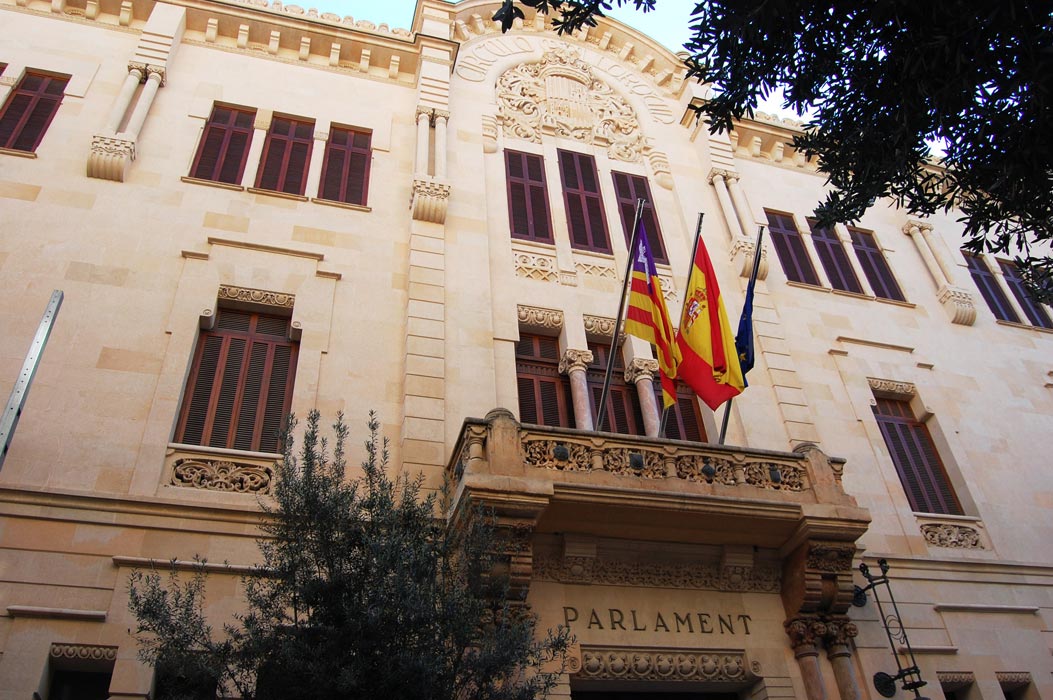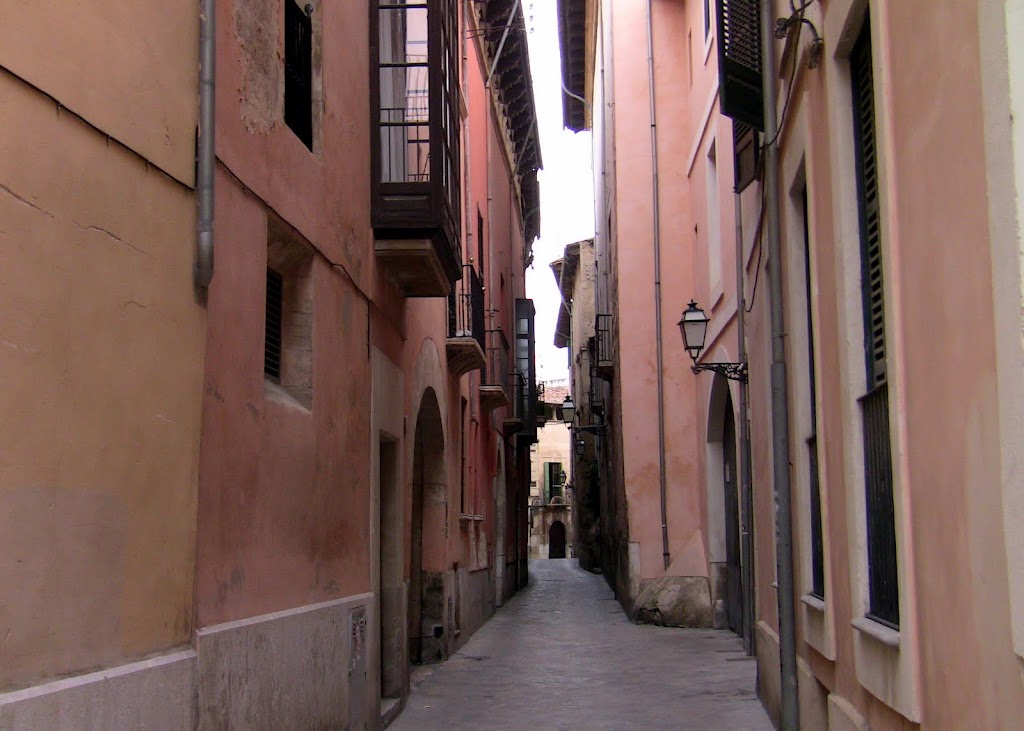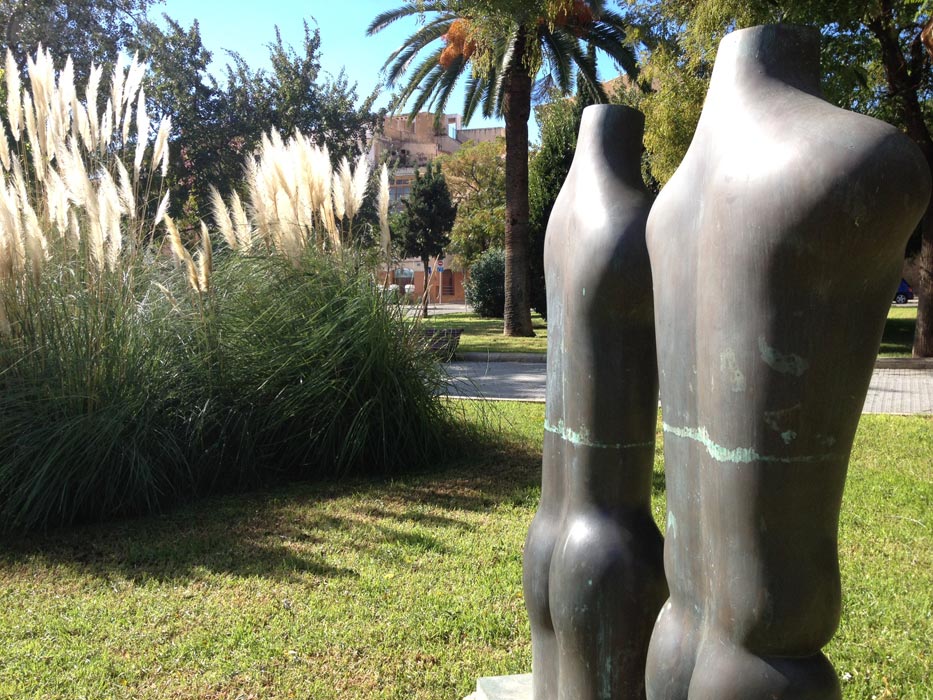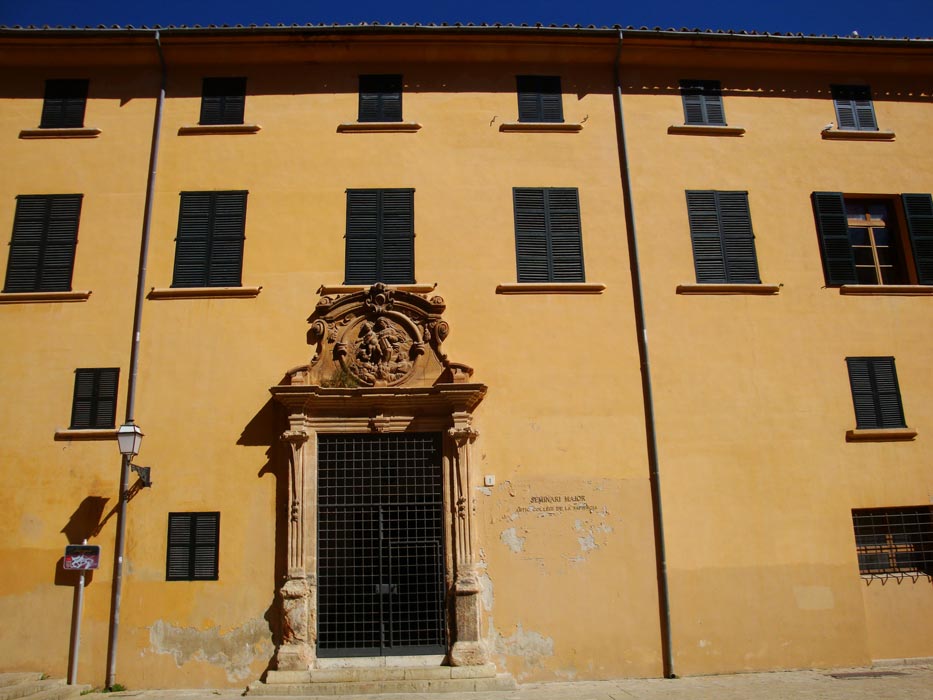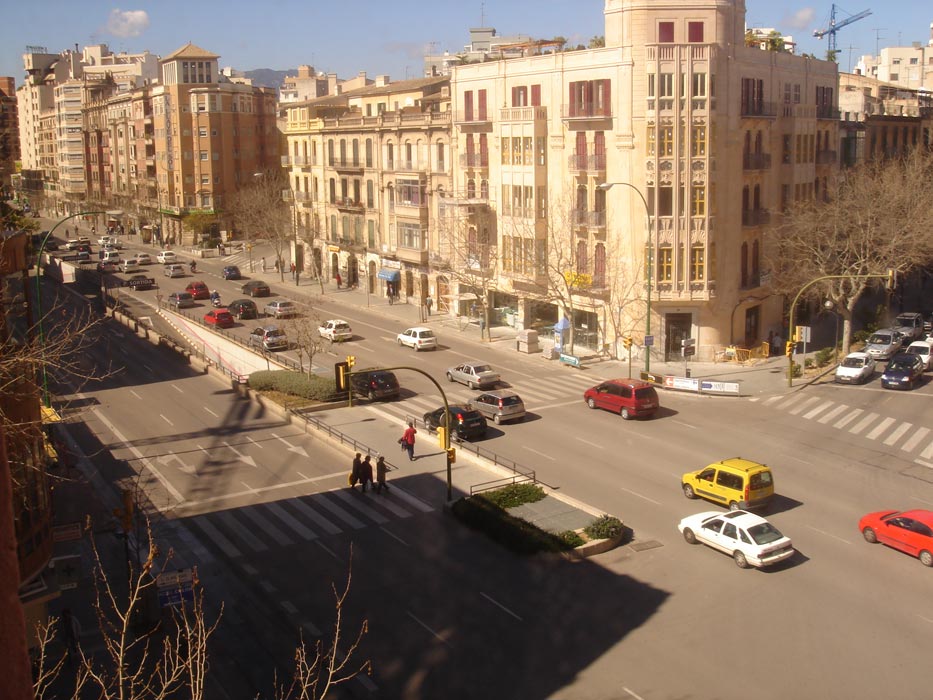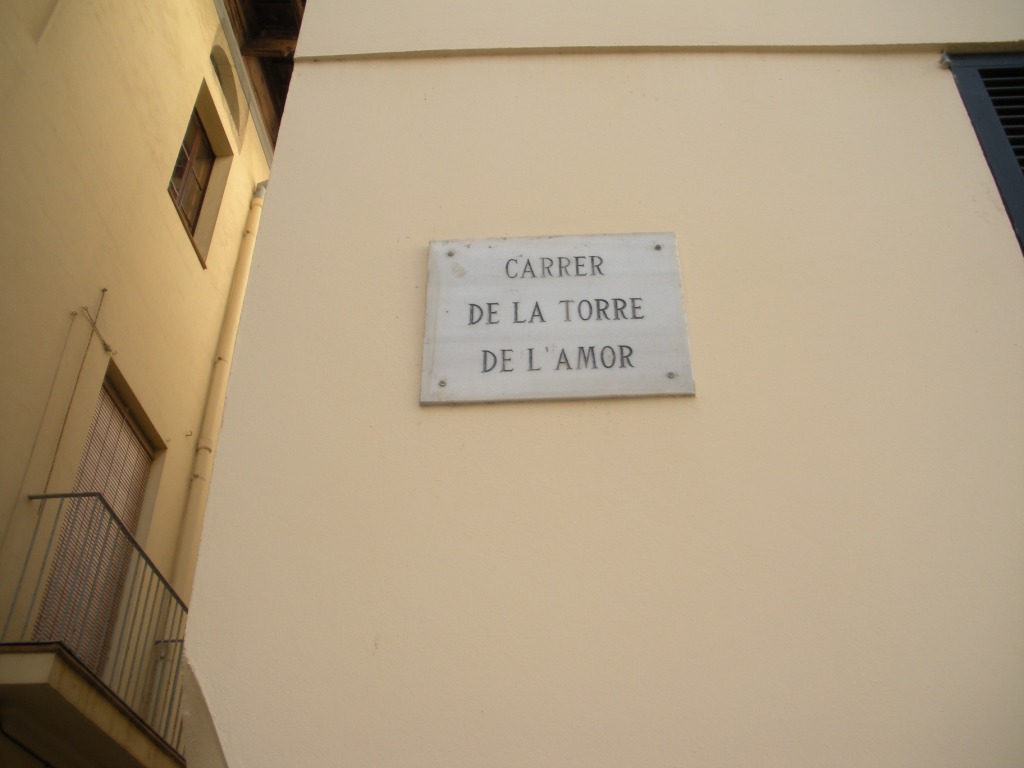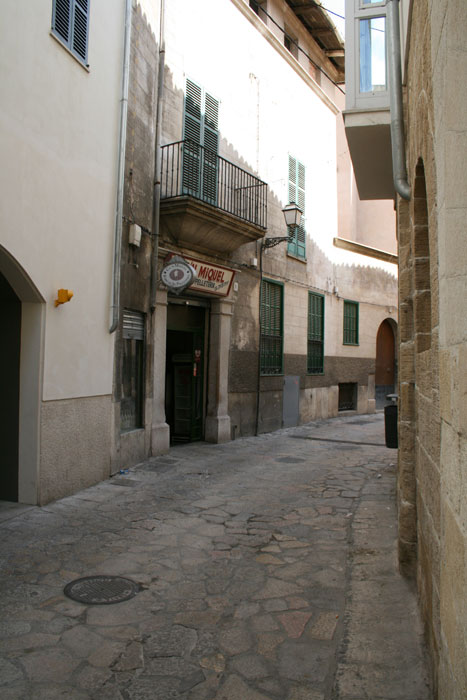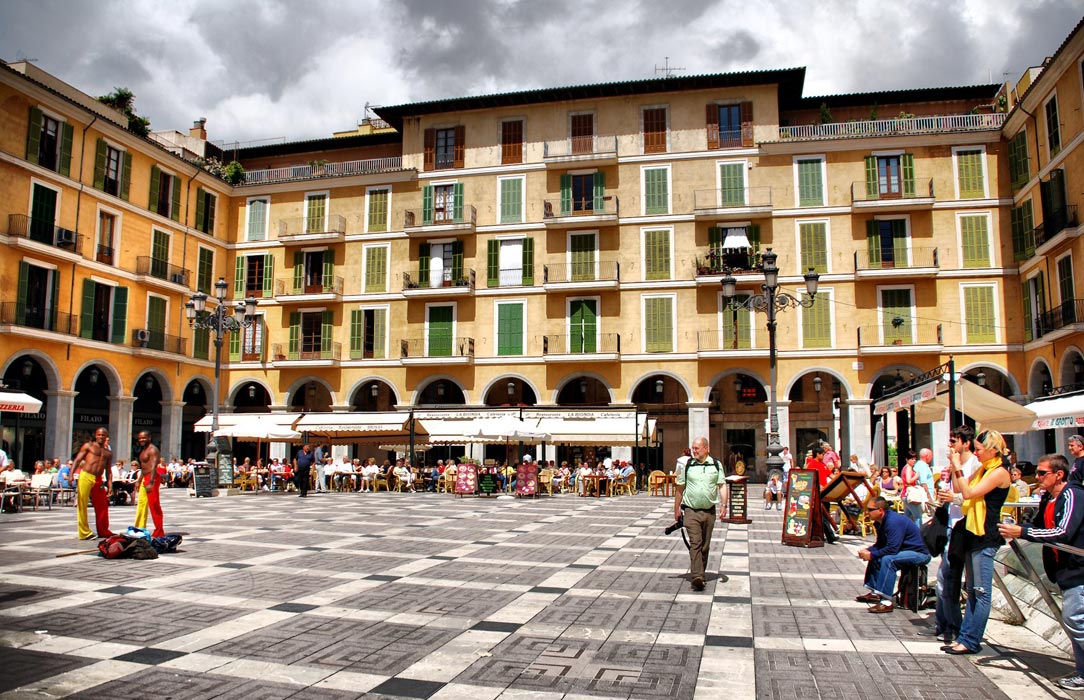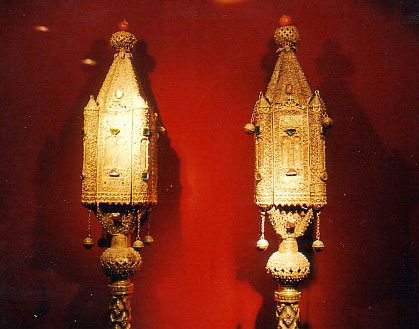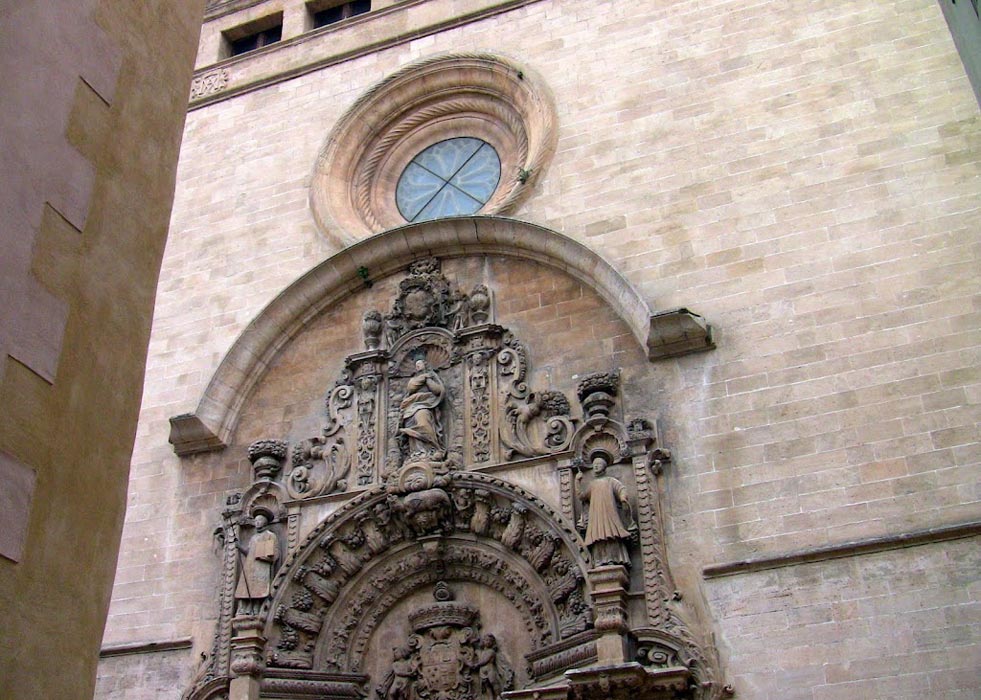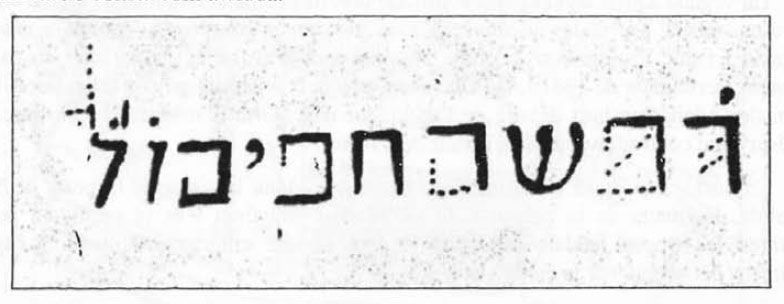
In the space delimiting the steps of Costa de la Seu and Conquistador, Victoria and Palau Reial streets there stands the Almudaina or former Moslem citadel where the first Majorcan Jewish quarter mallorquina undoubtedly stood at the time of the Moslems, protected inside the fortified citadel. The original Jewish quarter would be located around where today the palace and March library would be in Cuesta de n´Adarró, partly adjoining the plot that was granted to the Dominicans in 1231 to build their convent where the Balearic Islands´ Parliament is located today.
According to Liber Maiolichinus de gestis Pisanorum Illustribus, a chronicle of the expedition to Majorca in 1114 by Ramon Berenguer III, on this date all the Jews surrendered, giving us an idea of how important this group was at that time.
In 1230 Jaime I the Conqueror finished the conquest of Majorca and started to reorganise the city under the new Christian structure. The Llibre del Repartiment (Book of Division), a piece of great documental value, recounts the distribution of different assets to judeorum de la Almudaina as a reward for their support during the conquest and this has been partly recorded in Hebrew by the Jewish Solomon, the alfaqui of the monarch.
Of Roman origin, the Palau de lʼAlmudaina (Royal Palace of Almudaina) was the residence of the Moslem governors and after the Christian conquest it was restored and extended by Jaime II who had the Angel tower built, dominated by the figure of the Archangel Gabriel.

